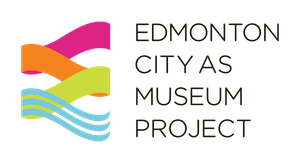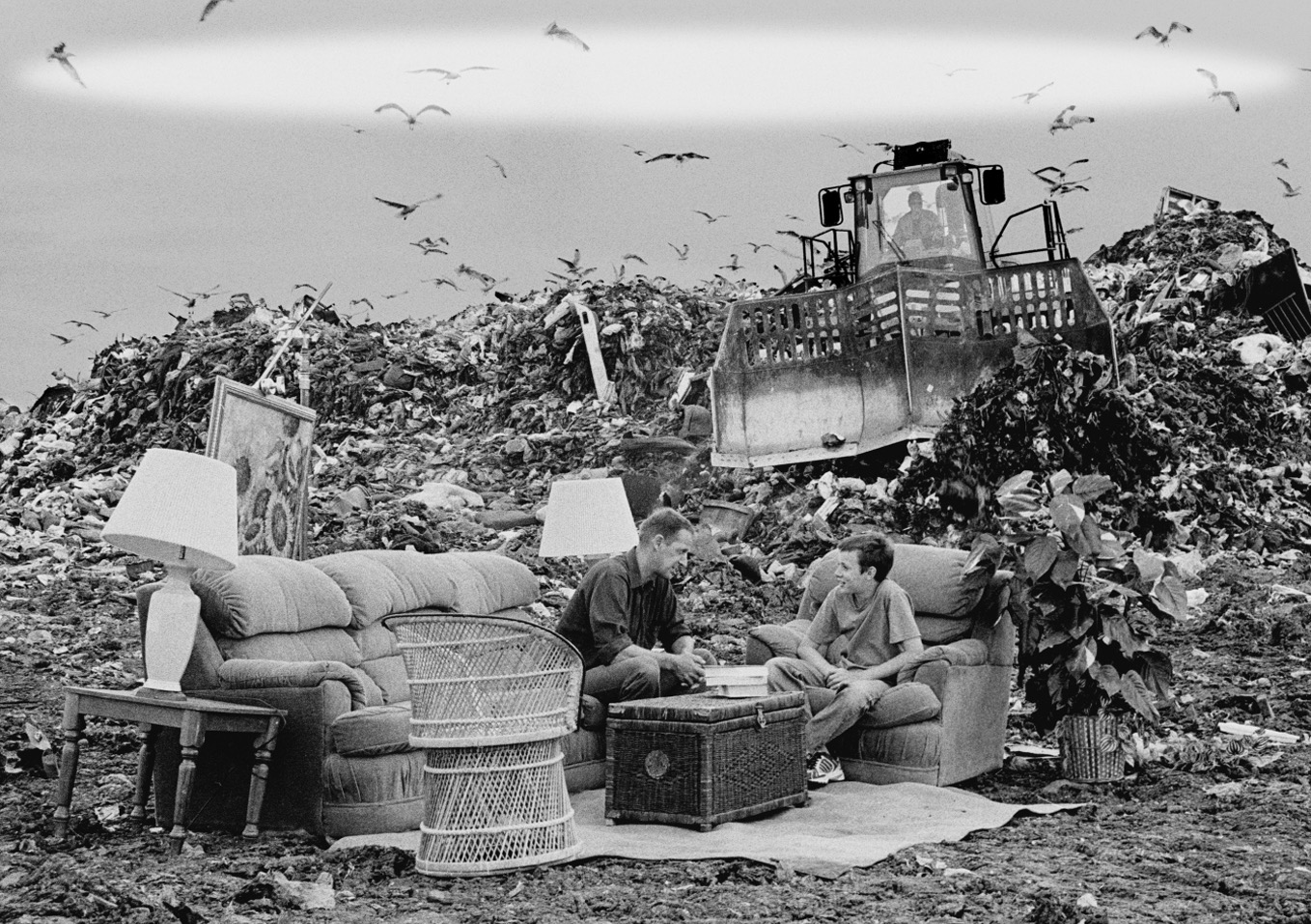Abigail Struthers worked as an ECAMP Interpreter in the summer of 2025. In this story, she reflects on how to honour a neighbourhood – and a person – near and dear to her heart.
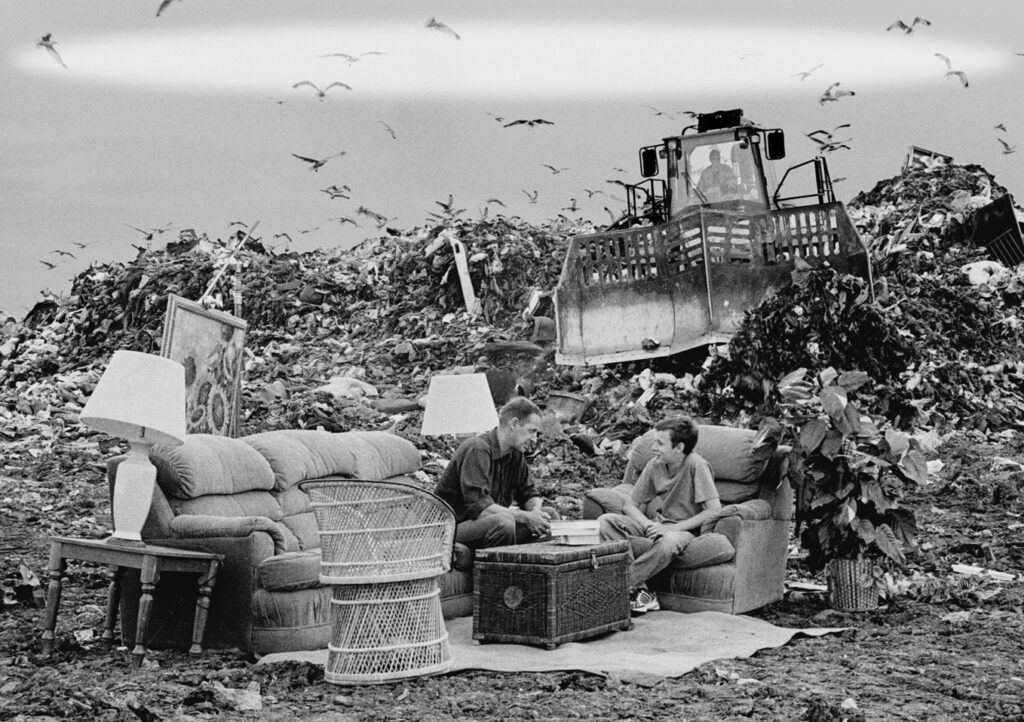
I was sitting in a university lecture hall one day when I saw this photograph pop-up on the screen.
My first reaction was to gasp and say: “Garry Spotowski!” like the person doing the presentation would have no idea who was in his photograph.[1] Once the guest lecturer continued his presentation, a little more confused after my outburst, I turned to the person next to me and said: “I know him! That guy in the photo!”
Not only did I know the guy in the photo, but he was the reason I was sitting there in that lecture hall.
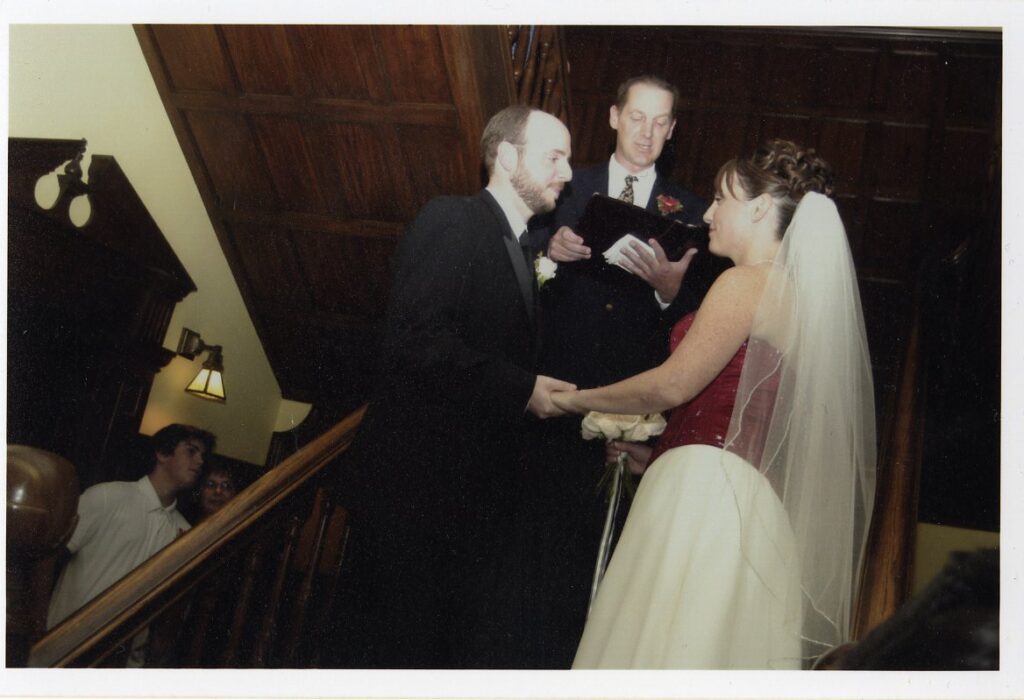
Garry Spotowski met my parents when they had both just moved to Edmonton in the late nineteen-nineties. He was my dad’s roommate, and the officiant at my parent’s wedding a few years later. When he passed away, he left me and my sister a small inheritance, enough to pay my university tuition.
This is a story I’ve told many times to old friends and people I went to high school with. It’s a story that also ties me to McCauley, a neighbourhood that was intertwined with who Garry was, and what he cared about. Ultimately that’s why I shared this story with even more people this summer while workshopping an idea for a McCauley heritage project – part of my learning experience as an interpreter for the Edmonton City as Museum Project. McCauley is a character in and of itself in my memories of Garry; in the park, in the backyard, on the balcony and the back deck. That sense of place is what continues to bring me back to McCauley, in hopes that I could learn more about this person whose life continues to weave with my own.
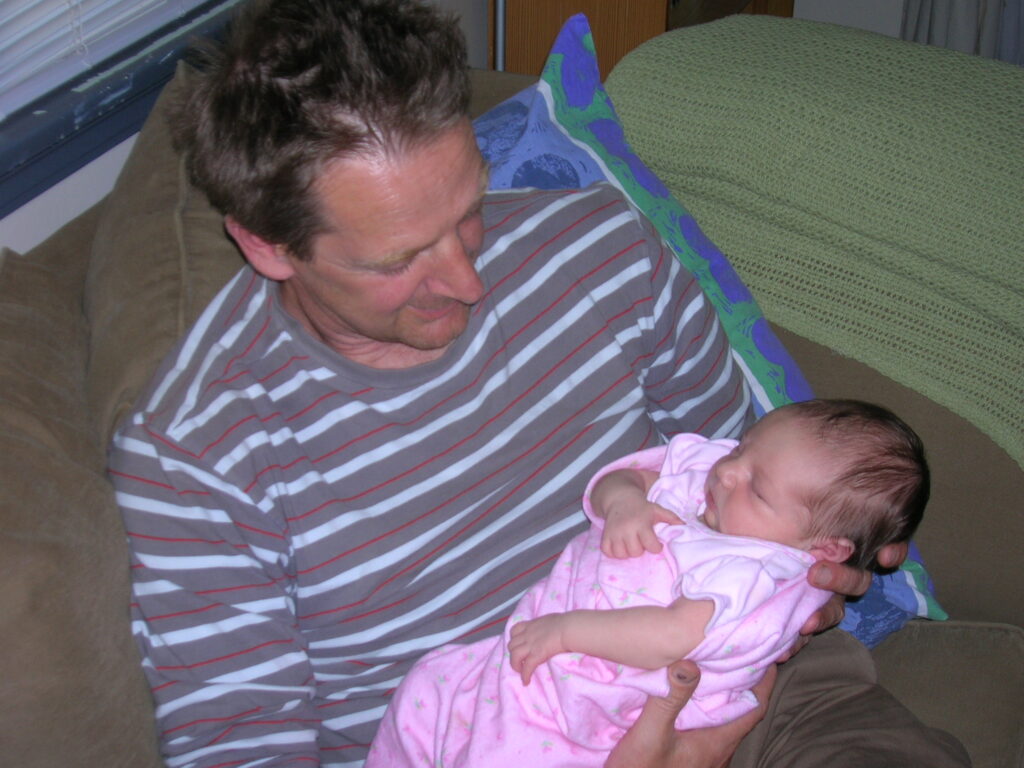
I embarked on the project a little starry-eyed; I wanted to interview people and publish their stories and memories in a way that would contribute to the fabric of the neighbourhood. It was ambitious, but I was lucky enough to talk to people for this project who were gracious enough to just pick up the phone and meet with me, despite not necessarily knowing where it was going. At times I felt like a journalist, chasing a story or a source, and others like a historian, collecting and curating information to share with the public. In doing so, I realized that those two things aren’t as far apart as we think they are. You’re considering your audience, your content, your delivery method, and your process.
My considerations for this project revolved around those four things, and how they could reflect the McCauley I knew and loved. Community-centered. Diverse. Resilient. Forward-thinking.
In the end, these interviews did not turn into a public-facing project. In the process though, I learned that when imbued with meaning and memory, places become not just pins on a map but living things, that are constantly shifting and changing. The McCauley of my childhood, of forty years ago, and of tomorrow, are very different, but they are nonetheless a part of me. A part of who I am. And that will never change.
– Abigail Struthers, ECAMP Interpreter
This story also appeared in the Boyle McCauley News on September 14, 2025.
[1] The professor in question was Neil Burkard, who explains: “In the early 2000s Garry along with Ryan Boyce, the son of Connie Boyce (Director of Community Relations – Waste Services), and a newspaper photographer went to the Clover Bar Landfill and casually picked through the garbage of the open-face of the landfill. In less than 10 minutes they were able to collect a sofa, end chair, photo stand, painting, wicker chair, end-tables, artificial rubber tree plant, lamps, carpet, and wicker hutch to establish a living room scene. In the casual days of the 2000s the compactor parked behind the living room scene to underscore the fact that they were in an active landfill. By today’s safety standards this would be very challenging to allow. The point of the photo was to illustrate how much perfectly usable stuff is thrown away every day.”
